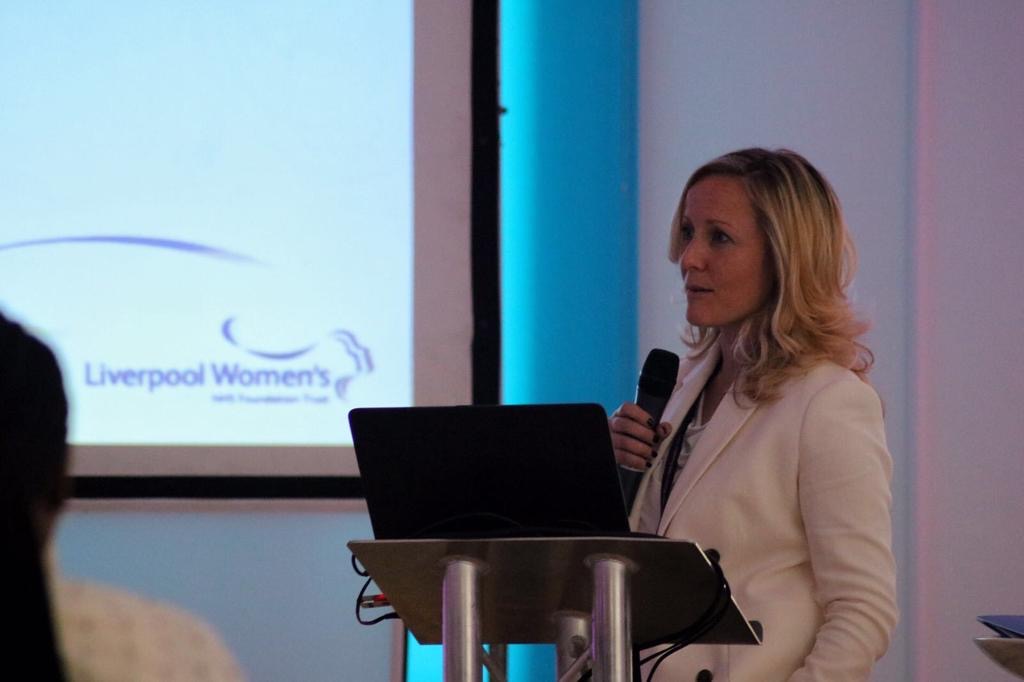Reducing hospital stays for AF patients would help NHS costs
Reducing hospitalisation for patients with Atrial Fibrillation (AF) would substantially reduce healthcare costs to the NHS.
The findings, published in the European Heart Journal and backed by the European Society of Cardiology, found that AF is predicted to directly cost the NHS a minimum of £1435M and a maximum of £2548M in 2020.
This is between 0.9% and 1.6% of all NHS expenditure and mostly comes from primary admissions.
The paper, written by Paul Burdett, Cardiovascular Programme Manager for Liverpool Health Partners, and Professor Gregory Lip, Cardiovascular Programme Director for LHP, models costs to the NHS from AF, and predicted cost increases up to 2040.
AF is the most common sustained heart arrhythmia and a major preventable cause of stroke, heart failure and dementia.
It accounts for a significant amount of NHS funding and over the coming years is highly likely to impose a growing cost on NHS budgets and the wider UK healthcare system.
Approximately one in 100 of the population have AF, though the prevalence increased to more than that in elderly people. The incident rates are increasing due to an aging population and increasing survival rates from conditions associated with AF, such as hypertension and heart failure.
In 2004, Stewart et al[1], reported that the direct costs of AF rose to £459 million in 2000. This included direct care, hospitalisation and drugs, long term nursing care after hospital admissions and nursing care costs.
Predicting the likely healthcare costs of this increasingly common arrhythmia over the next decade would help with NHS resource planning.
Based on the Stewart et al model, Mr Burdett and Prof Lip, Director of the Liverpool Centre for Cardiovascular Science at the University of Liverpool and Liverpool Heart and Chester Hospital, used a prevalence-based approach to estimate the economic burden of AF on the NHS in the future. Data was obtained to model future population in terms of age and sex.
The cost of AF was split between the following categories – GP consultations, GP referred outpatient visits, prescriptions and monitoring visits, primary admissions and post discharge outpatient visits.
Focusing on 2020, AF is predicted to have a major direct cost burden to the NHS, between 0.9% and 1.6% of NHS expenditure.
Following the model, by 2040 this would rise to between 1.4% and 4% of NHS expenditure, between £10870M and £15998M.
Mr Burdett said: “Our modelling shows the potential cost of AF to the NHS over future decades and shows that reducing hospitalisations could mitigate the cost to the NHS of AF.
“It is crucial for NHS planning to understand the potential costs from the most common sustained heart arrhythmia and a major preventable cause of stroke, heart failure and dementia.
“In addition to understanding these costs, LHP is committed to working with our partners in Cheshire and Merseyside to improve and increase early diagnosis of AF and in turn reduce the burden on the NHS.”
Read the full paper here.
[1] S Stewart, NH Murphy, A Walker, A McGuire, JJV McMurray. Cost of an Emerging Epidemic: An Economic Analysis of Atrial Fibrillation in the UK. Heart 2004.



